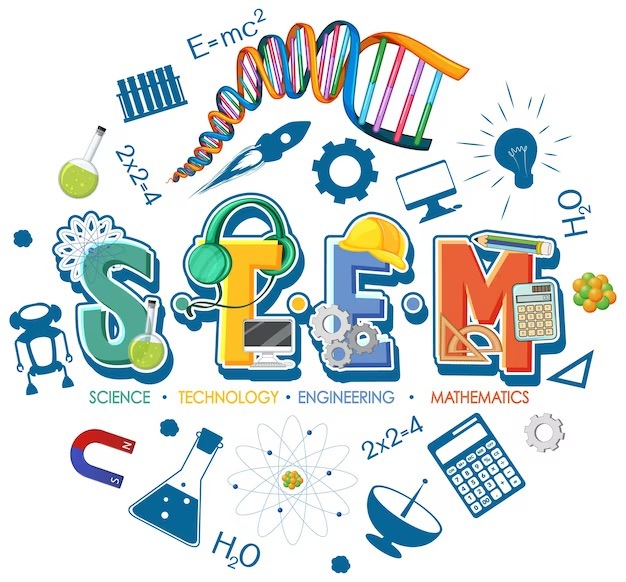Rise by Six: Your Daily Dose of Inspiration
Explore insights and stories that elevate your day.
STEMing Your Way to Success
Unlock your potential with STEM! Discover tips and insights to boost your success and thrive in today's tech-driven world. Dive in now!
Exploring the Benefits of STEM Education for Future Careers
STEM education—which encompasses Science, Technology, Engineering, and Mathematics—plays a crucial role in preparing students for a future filled with diverse career opportunities. As we advance further into the 21st century, the demand for professionals skilled in these fields continues to rise. According to the Bureau of Labor Statistics, jobs in STEM-related fields are projected to grow significantly faster than those in non-STEM areas. This surge is primarily driven by the rapid pace of technological innovation and the increasing reliance on data-driven decision-making across various industries.
Investing in STEM education can also cultivate essential skills that are highly valued in the workforce. These include critical thinking, problem-solving, and analytical abilities, which are necessary for tackling complex challenges. Moreover, students engaged in STEM programs often have opportunities for hands-on learning and real-world applications, fostering creativity and collaboration. Here are some key benefits of pursuing STEM education:
- Enhanced job prospects in high-demand fields
- Development of essential skills for the modern workplace
- Increased potential for innovation and entrepreneurship

How to Encourage Young Minds to Pursue STEM Fields
Encouraging young minds to pursue STEM fields is crucial for the future of innovation and technology. One effective way to spark interest is through hands-on learning experiences, such as science fairs and robotics competitions. These events provide an interactive environment where students can apply theoretical concepts in real-world situations. Additionally, incorporating mentorship programs can help connect students with professionals in these fields, making STEM careers more tangible and inspiring for young learners.
Furthermore, it's essential to create a supportive and inclusive atmosphere that celebrates diversity in STEM. Schools and communities should promote outreach initiatives that target underrepresented groups, demonstrating that anyone can thrive in these fields. Hosting workshops, after-school clubs, and summer camps focused on STEM education allows students to explore various aspects of science, technology, engineering, and mathematics while fostering a sense of belonging. By guiding young minds through positive experiences in STEM, we can cultivate the next generation of innovators and problem solvers.
Overcoming Common Challenges in STEM Learning: Tips and Strategies
Overcoming common challenges in STEM learning starts with identifying the primary obstacles faced by students. Many learners struggle with complex concepts, which can lead to frustration and a lack of motivation. To combat this, it's essential to break down difficult topics into manageable chunks. Try using visual aids, such as diagrams or videos, to illustrate challenging ideas. Additionally, encourage collaboration through study groups, allowing students to discuss and explain concepts to one another, thus reinforcing their own understanding.
Another critical aspect of fostering a positive STEM learning environment is promoting a growth mindset. Remind students that struggling with difficult concepts is a normal part of the learning process. Encourage them to embrace challenges and view mistakes as opportunities for growth. Implementing strategies such as regular feedback and practice assessments can also help students track their progress and build confidence. By employing these tips and strategies, educators can create an engaging and supportive learning experience that helps students overcome the common challenges in STEM education.